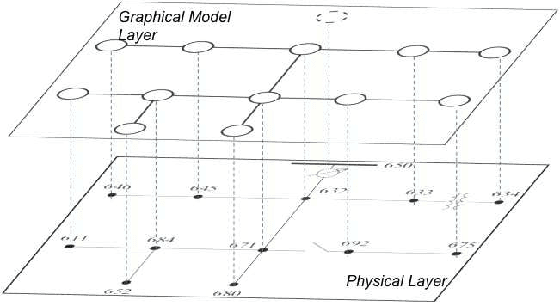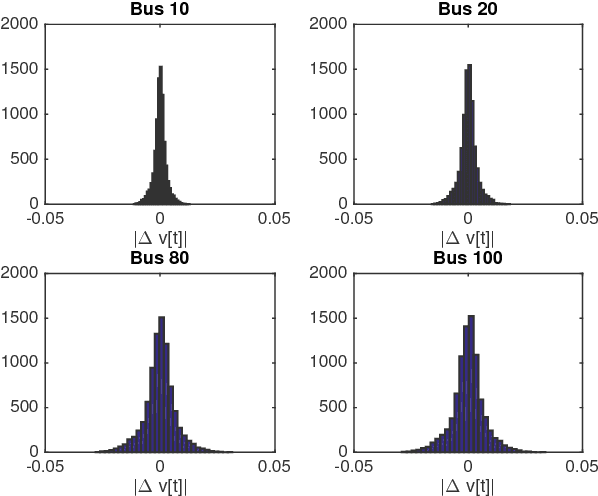Urban MV and LV Distribution Grid Topology Estimation via Group Lasso
Paper and Code
Sep 13, 2018



The increasing penetration of distributed energy resources poses numerous reliability issues to the urban distribution grid. The topology estimation is a critical step to ensure the robustness of distribution grid operation. However, the bus connectivity and grid topology estimation are usually hard in distribution grids. For example, it is technically challenging and costly to monitor the bus connectivity in urban grids, e.g., underground lines. It is also inappropriate to use the radial topology assumption exclusively because the grids of metropolitan cities and regions with dense loads could be with many mesh structures. To resolve these drawbacks, we propose a data-driven topology estimation method for MV and LV distribution grids by only utilizing the historical smart meter measurements. Particularly, a probabilistic graphical model is utilized to capture the statistical dependencies amongst bus voltages. We prove that the bus connectivity and grid topology estimation problems, in radial and mesh structures, can be formulated as a linear regression with a least absolute shrinkage regularization on grouped variables (\textit{group lasso}). Simulations show highly accurate results in eight MV and LV distribution networks at different sizes and 22 topology configurations using PG\&E residential smart meter data.
 Add to Chrome
Add to Chrome Add to Firefox
Add to Firefox Add to Edge
Add to Edge